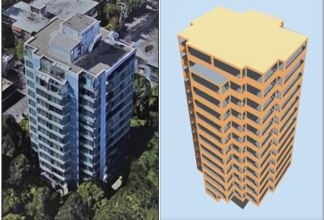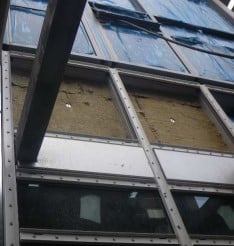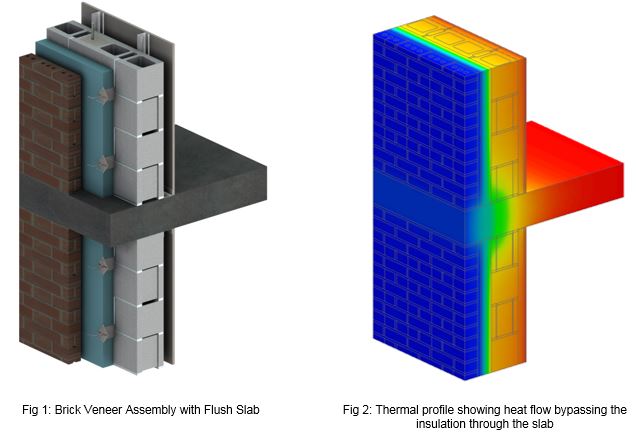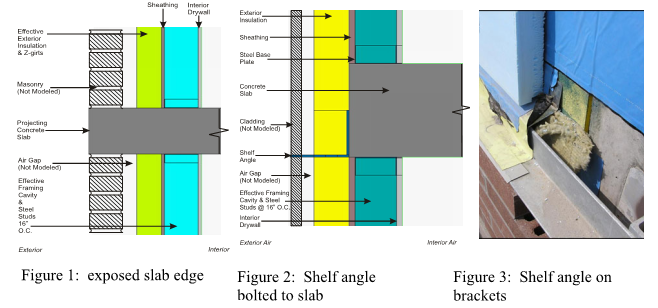This research proposes an alternative rehabilitation strategy for aging high-rise multi-unit residential buildings (MURBs) involving suite compartmentalization and decentralizing the ventilation system.
The Reality of Quantifying Curtain Wall Spandrel Thermal Performance: 2D, 3D and Hotbox Testing
Curtain wall assemblies, large expanses of aluminum framing, are not traditionally known for their thermal efficiency. While insulated spandrels within the curtain wall framing have been used in an attempt to improve the thermal performance of the curtain wall system, research and testing has shown that typical insulated backpan systems fall short of expectations for the thermal resistance of opaque walls in many codes and standards.
Visualizing the Pathway to Low Energy Buildings - The Real Impact of the Building Envelope
Building envelope thermal performance is greatly affected by thermal bridging, or localized areas of increased heat flow through walls and roofs. Mitigating the impact of thermal bridging is not only necessary to reduce energy consumption but is also an important consideration for minimizing the risk of condensation on cold surfaces and for maintaining occupant comfort.
Thermal Bridging: Ignorance Is Not Bliss
Across North America we are seeing more stringent thermal requirements in building codes and designers are responding by increasing the amount of insulation in walls, all in an attempt to increase energy efficiency in buildings. But how effective are these changes on building energy use when we ignore the impacts of 3-dimensional heat flow in transition building components, like exposed concrete slabs, window flashings and un-insulated parapets. What if these building components we neglect have a much greater impact on energy than we realize? And how will that affect the decisions we currently make on the building envelope?
Real R-Value of Exterior Insulated Wall Assemblies
The recent drive towards sustainable building construction has placed new emphasis on the provision of durable wall assemblies that provide a high effective resistance to heat flow (R-Value).
The authors’ practice focuses on large multiresidential, commercial and institutional buildings constructed of concrete, steel, masonry and glazing systems. In these types of buildings thermal performance has not historically been treated as a high priority item. Now, however, the requirements of sustainability programs such as LEED are requiring architects to design wall systems that provide high levels of thermal resistance. Architects are often shocked at the difference between effective R-value of a proposed opaque wall assembly and the nominal R-value of installed insulation materials. The difference is a result of the thermal bridges associated with structural elements and connections that pass through the building thermal envelope.
The Concept of Linear and Point Transmittance and its Value in Dealing with Thermal Bridges in Building Enclosures
Thermal bridging through insulating layers can greatly reduce the thermal performance of building assemblies. As such, determining the effects of thermal bridging is often of immense importance to building engineers, energy modelers and architects in accurately designing a building. This can be very difficult to accomplish, and as a result many building codes and standards do not comprehensively address this problem.





